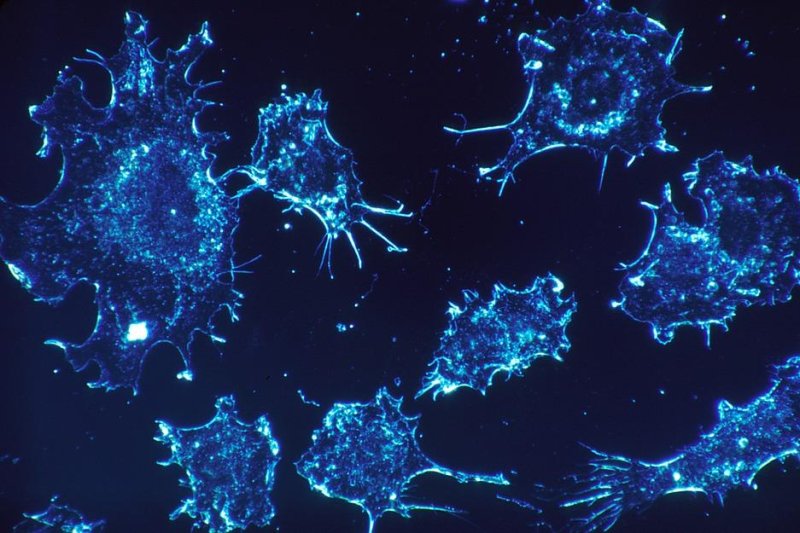April 18 (UPI) -- Researchers at The University of Texas at San Antonio have created an algorithm that can predict the growth of cancerous tumors.
The study was led by Professor Yusheng Feng in mechanical engineering at UTSA. In earlier research, Feng predicted outcomes of cancer treatments that utilize laser technology.















